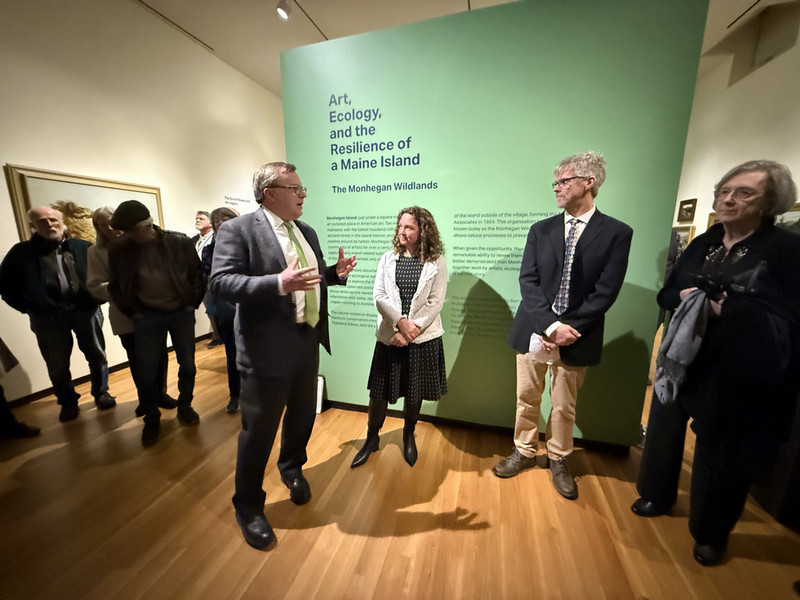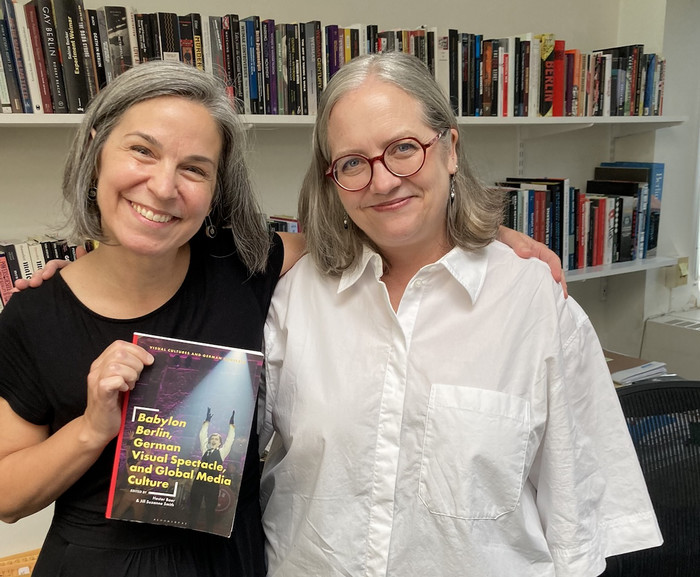The Race for Wealth: Speculation, Competition and Morality in Victorian Art
By Tom Porter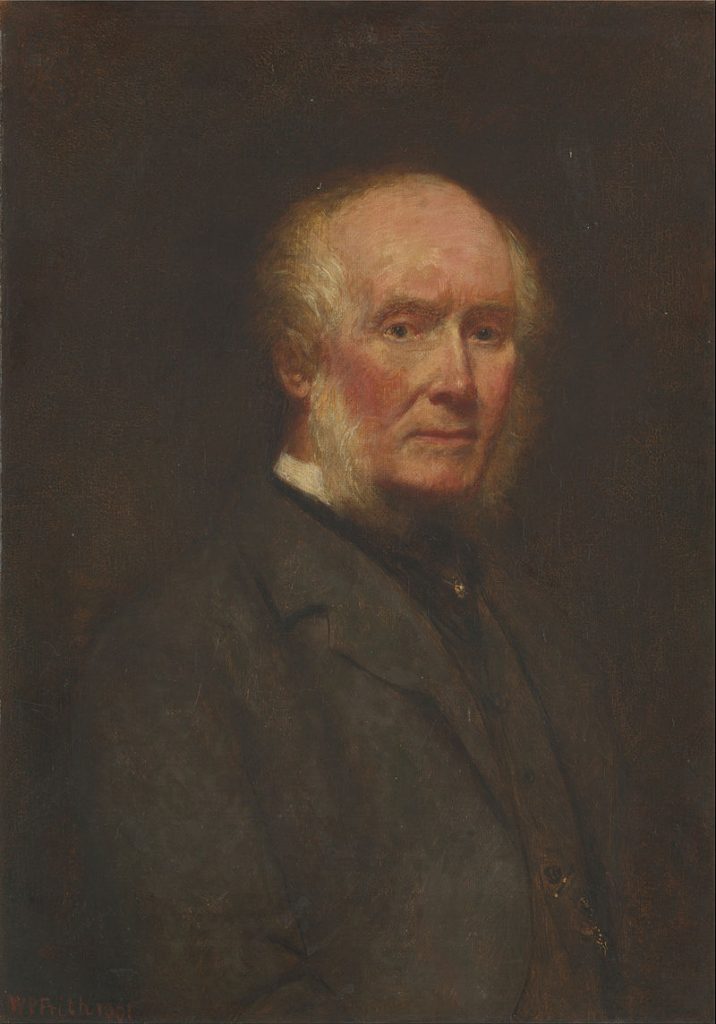
The painter William Powell Frith (1819-1909) was the embodiment of traditional Victorian art, his works depicting the realities of everyday life in nineteenth century Britain. Often compared to artist and social critic William Hogarth (1697-1764), Frith’s paintings tend to have a moral message, said Professor of Art History Pamela Fletcher, something that caused him to be out of favor later in his career, as new forms of art emerged.
Fletcher has written the first draft of her next book, provisionally called The Victorian Painting of Modern Life, and Frith is among the key figures. “He takes up the entire concluding chapter, which is largely inspired by his series of paintings called ‘The Race For Wealth,’ completed in 1880.” This was also the subject of a faculty seminar delivered by Fletcher earlier in the spring semester.
“The Race for Wealth” comprises five paintings, all based around a fictional central character, a corrupt financier called The Spider, and all dealing with the theme of reckless financial speculation: This was a recurrent topic in mid-Victorian England, where riches were made and lost overnight as the largely unregulated British economy enjoyed explosive growth.
“There are a number of accounts of ‘bubbles’ during the 1860s and 1870s,” said Fletcher, “caused by speculation in areas like the railroad and finance industries. Fraudulent activity took place on a number of levels.”
Inspired by characters found in the novels of Charles Dickens and Anthony Trollope, The Spider persuades his victims to invest in dubious schemes. Often compared with Hogarth’s “The Rake’s Progress,” “The Race For Wealth” portrays The Spider’s initial success, his unmasking, his trial, and ends with his imprisonment.
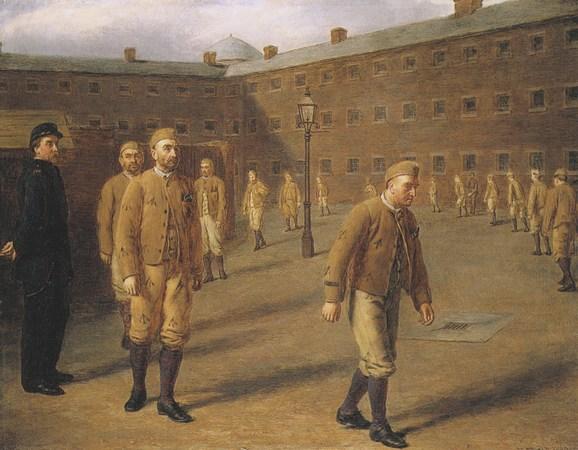
“It’s a fable, a morality tale,” said Fletcher, “and while The Spider is fictional, some of the people Frith portrays in the paintings were real: the judge, for instance, in the fourth painting, titled ‘Judgment’, was based on an actual person. So Frith is sending out mixed signals here: Even though the story is fiction, he was inviting people to gossip and consider who might be the real characters in his paintings.”
There is an additional irony here, said Fletcher, because while “The Race For Wealth” contains warnings about the dangers of rampant capitalism, Frith was something of a fervent capitalist himself, well known for the success he had in monetizing his paintings, and one of the earliest artists to engage in the speculative art market.
“For example, after having two big successes at the Royal Academy of Arts in the 1850s—before the gallery system was well established—Frith chose, in 1862, to sell his next major painting to a dealer and exhibit it in a private space. This made him a huge amount of money but it annoyed the Royal Academicians, who wanted Frith on display in their exhibition because he was such a crowd puller. He also made himself another fortune by striking a deal to sell the copyright to his work separately.”
Fletcher said her book concludes with an examination of the last big painting shown by Frith at the Royal Academy in 1883, called “A Private View at the Royal Academy, 1881.” It depicts a group of distinguished Victorians paying a visit to the Academy, and was intended by Frith to make a statement asserting the dominance of traditional, realist art, over newly emerging trends.
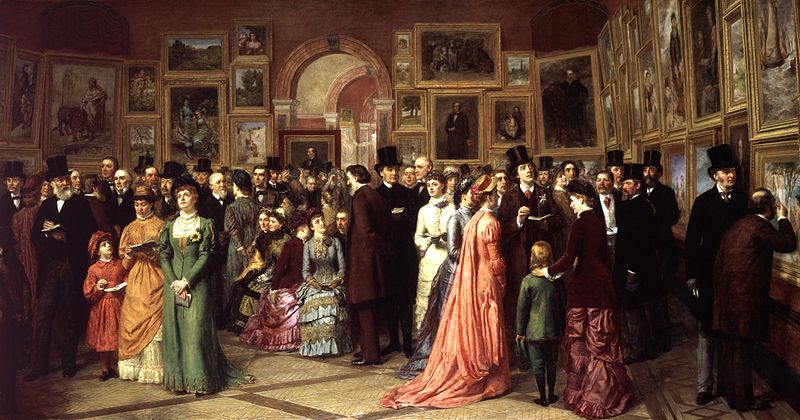
“By this time, new forms of art were becoming popular, such as Impressionism, which saw art as being important for its own sake, with no story or morality attached. New venues, like small private galleries, were also becoming popular, while the Royal Academy and the realist art it represented, were seen as old-fashioned and conservative; ordinary and vulgar even.”
Frith, who was regarded by many as the poster child for everything that was bad about the old form of British art, fought back against what he saw as an elitist dominance of the art world. The tide of history was against him however, and Frith’s name drifted into relative obscurity as his career ended.
‘Interestingly, though,” said Fletcher, “post-modern art has returned to that tradition and become more didactic, more populist, and more about building community and reaching a wider public. Think about how often we see art moving out of museum spaces into the street. So I think in some ways, being in the twenty-first century can help us look back and consider how the Victorians were also interested in art that engaged life and that was activist in a way. Perhaps modernism, with its narratives about individual experience and art for art’s sake, was the true anomaly?”
